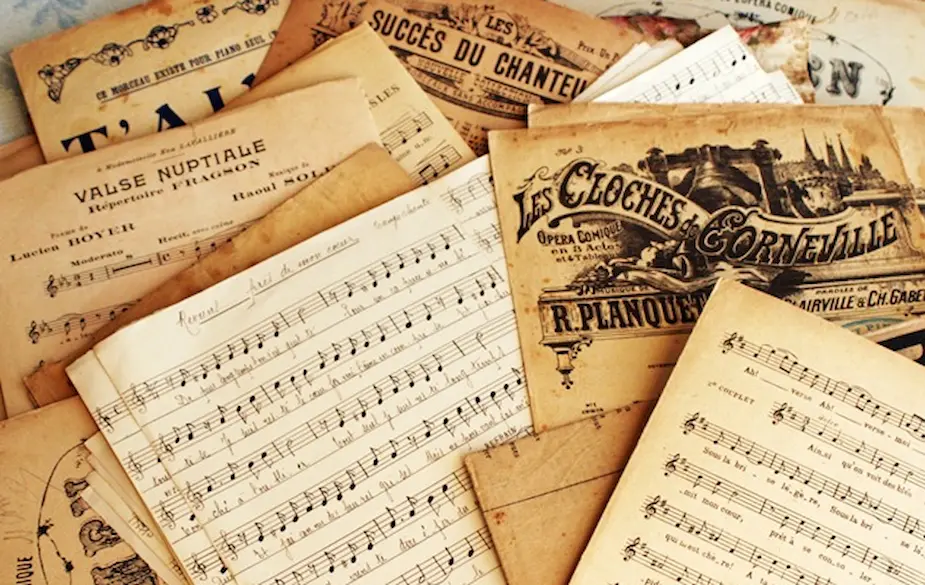Kathryn Page introduces the Investment Bank of Repertoire: make regular deposits, and your pupils will reap the returns.
Three-piece syndrome is something I discussed in Pianist 103: a student’s repertoire may be limited to that number of pieces for a short time before and after they take a grade exam. For the rest of the year, they are unable to perform anything straight through, as music is either ‘not ready’ or else ‘old and forgotten’. This depressingly limited scenario severely affects pupils’ perception of style and how piano music relates to music for other genres, and indeed to art and culture in general. Three-piece syndrome leads to a sense of struggle when it comes to analysing music and sight-reading and is extremely boring for pupils and indeed teachers: surely it would be more productive to expand horizons by developing a range of repertoire that can be brought out 365 days a year if desired. But how is it possible to cultivate this shift in attitude?
Investment Bank of Repertoire

Try and encourage pupils to learn a piece for life – not just until they have performed it in a concert, festival or exam and can, therefore, take new pieces to the next piano lesson, forgetting all about the piece just ‘done’. Nurture in them a sense of continued celebration for all the music that has been publicly aired or ‘finished’ in lessons. Once the last lesson has been given on a particular piece, the piece should be entered into a special bank for pianists – an investment bank of repertoire, or IBR. In order to make successful investments into the IBR it is essential that all the savings put into it are played through once a week or once a fortnight. By doing this it is possible to retain familiarity with old pieces while continuing for the rest of the week (or fortnight) to expand horizons. In other words, for IBR to work it simply needs a little attention and maintenance on a regular basis.
Set a challenge

One reason that pupils do not maintain their old pieces is because they find it ‘boring’ to do so. Interest in repertoire is easily lost if pianists endlessly play through the notes rather than practising them. It is vital for teachers to constantly show that practising is totally different from repetitive playing of the notes. Challenge pupils to practise repertoire in a way that makes it impossible for the listener to identify the piece that is being practised! By doing this and limiting play-throughs to once a week (or once a day with new repertoire) interest will be much easier to hold on a long-term basis.
Encourage pupils to learn ‘easier’ repertoire

Another obstacle to expanding repertoire is a fear of the unknown. There is a danger that pupils can become overwhelmed by information overload, so teachers have to choose new repertoire carefully. Try to introduce one or, at most, two new musical or technical challenges in a new piece. It makes sense to build on what is already there. If a student has learnt one of the Bach G major minuets from the Anna Magdalena Book in G major, try learning another minuet in the same key from the same collection – or move on to one of the early Mozart minuets. Encourage pupils to learn ‘easier’ repertoire: adult amateur players, in particular, can become obsessed with stretching themselves to the limit, refusing to learn anything other than the hardest pieces. It is worth inspiring them with simple music that can immediately make a big emotional impact both on them and on their listeners.
Why not check out our beginner's scores?
Invest in anthologies

© Faber Music
It is worthwhile encouraging pupils to invest in anthologies: substantial books of repertoire, covering a wide range of artistic styles and technical levels of ability, will help to stimulate their curiosity. Faber Music’s Real Repertoire edited by Anthony Williams is competitively priced and neatly organised to include some of the most famous and well-loved pieces set for each grade from 1 through to 5, but there are many other excellent options on the market.
The 40 Piece Challenge

The dynamic Australian composer, pedagogue and writer Elissa Milne is a passionate repertoire evangelist. In 2003 Elissa introduced ‘The 40 Piece Challenge’, whereby she got every one of her pupils in a large studio to learn that number of pieces in a year! Elissa’s experiences make for inspirational and sea-changing reading. The secret is to be upbeat and enthusiastic, not to get bogged down in ‘note decoding’ at lessons, to focus on teaching repertoire that is not overwhelming, that is loved and that relates to music that the pupil has either heard others play or has just learnt. It always helps to relate repertoire to scales, aural, sight-reading and listening material. For further reading on this subject, do investigate The Psychology of Piano Technique (chapter 9) by Murray McLachlan (Alfred Music) and The Best of Grade 1 – Piano (Faber Music). Join up your lessons and move forward so that all your pupils can perform literally dozens of pieces with enthusiasm and ease at the drop of a hat!
In every issue of Pianist, Kathryn Page hosts the Piano Teacher Help Desk. Download our latest issue to read her most recent submission.







